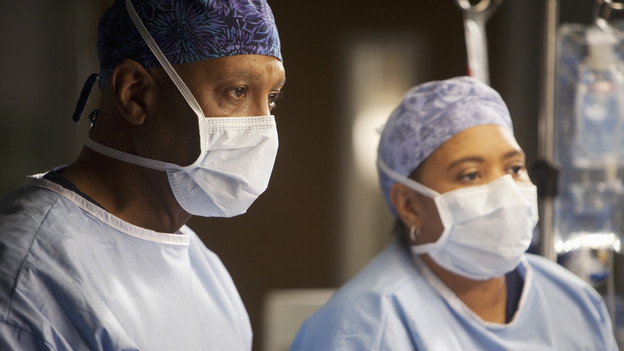Hospital administrators have had social media and medicine on the brain for quite some time. Even fictional ones. In a February 2011 episode of Grey’s Anatomy, Dr. Webber, the Chief of Surgery at Seattle Grace-Mercy West hospital, was concerned about the legal ramifications of Dr. Bailey broadcasting a surgery on twitter.
Webber: You didn’t bother to tell me you’re broadcasting surgeries.
Bailey: Oh, I didn’t think it’d be a big deal.
Webber: Well, it is. What if something goes wrong?
Bailey: Look, the patients who wanna do it sign a comprehensive release. And the nice thing is most of ’em wanna do it. They’re excited about being on the internet.
Webber: Until they code on the table in front of the whole world.
Bailey: In which case, I stop tweeting. In the meantime, residents from all over the country get to see a surgeon’s decision making process. They get to ask questions live. It’s a great teaching tool.
Richard: No, its lawyer bait. Shut it down, Dr. Bailey.
In the end, Dr. Webber embraces twitter when a follower from a hospital across the country suggests a procedure that saves a patient. Bonus points to the neighboring hospital that provides the necessary equipment.
Social Media and Medicine: The Reality
Seems ridiculous right? Actually, it’s not too different from reality. In fact Henry Ford Hospital in Detroit performed one of the first live-tweeted surgeries all the way back in January 2009. Since then, hundreds of other hospitals have gotten on board.
Houston’s Memorial Hermann Hospital upped the game in May, using Pinterest and YouTube to share photos and videos of a brain surgery.
Not to be outdone, only days later UCLA live-vined a procedure using their twitter account @UCLAHealth.
What do you think? Do you want your chance to — as Dr. Bailey puts it — “be on the internet?”


